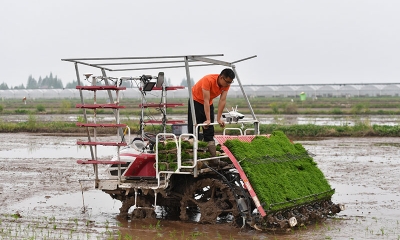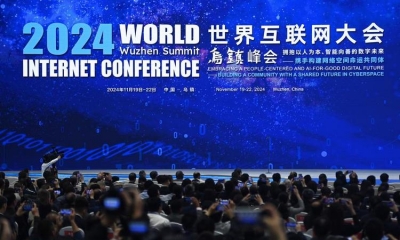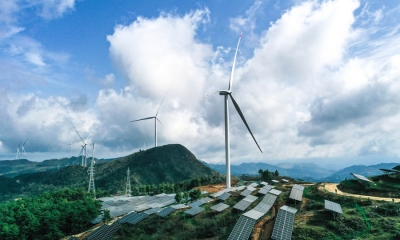SCO Displays Eurasian Multilateralism
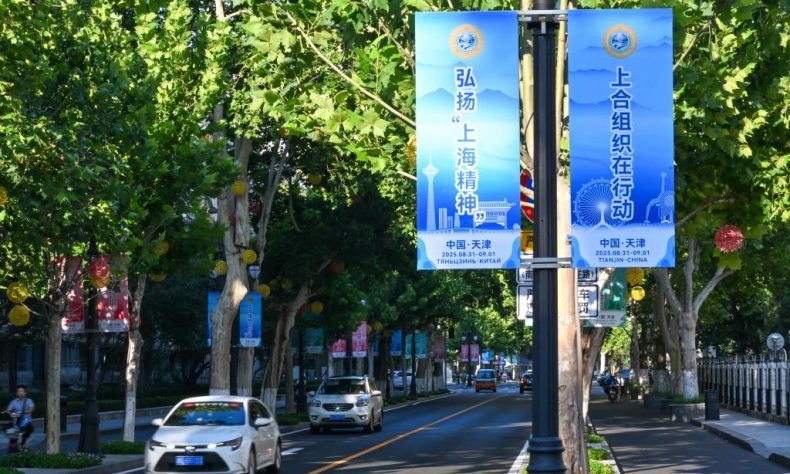
What is on trial is the proposition that in a world increasingly defined by fracture and flux, an alternative multilateralism can still be crafted – not in Geneva or New York, but in the heart of Eurasia.
When the Shanghai Cooperation Organization (SCO) gathers in Tianjin at the end of this month to mark its 25th anniversary, the choreography will be familiar: handshakes, speeches, communiqués. Yet beneath the ceremonial surface lies a more consequential dynamic. With China as the rotating chair, the SCO has steadily evolved from a security club into a platform where Beijing is testing ideas for a new kind of multilateralism – one that speaks less of Western templates and more of Eurasian pragmatism.
At a time when multilateral institutions elsewhere – from the UN Security Council to the World Trade Organization – are flailing under strain, the SCO has survived, even expanded. Its cohesion is hardly seamless; its contradictions are glaring. But that it continues to convene with growing ambition is itself telling. In a world with increasing fragmentation, Beijing sees the SCO as both a stabilizer and a staging ground for a Eurasian order no longer scripted in Washington or Brussels.
Born in 2001, the SCO’s early raison d’être was regional security: counterterrorism drills, intelligence sharing, and confidence-building between China, Russia, and their Central Asian neighbors. What has changed under China’s stewardship, however, is the scope of its agenda.
Infrastructure diplomacy has become its backbone. The Belt and Road Initiative remains the flagship, but the SCO increasingly functions as a complementary vehicle. The China–Kyrgyzstan–Uzbekistan (CKU) International Highway has already doubled trade volumes since 2018. Its sequel, the CKU Railway, promises to shave a week off transit times while reducing reliance on Russia’s northern routes. Tianjin, the summit’s host, has poured more than 10 billion yuan into port upgrades, embedding eco-friendly terminals and digital logistics hubs into a wider SCO connectivity lattice.
Ports and railways are not abstract constructs. Gwadar in Pakistan, still central to the China–Pakistan Economic Corridor, is being expanded with deep-water berths and special economic zones. From South Asia to Central Asia and the Gulf, such nodes are meant to bind a region more closely to Beijing’s arteries of trade. Even air connectivity is reappearing on the agenda: the impending resumption of direct flights between India and China after a five-year freeze is less about tourism than about signaling a reopening of regional mobility.
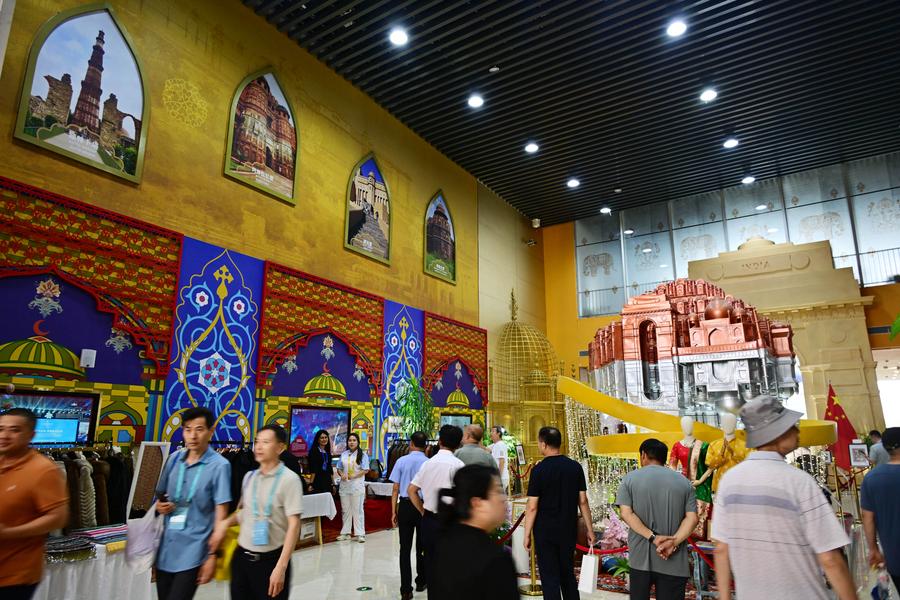
The boldest strand of China’s SCO experiment may lie in the financial domain. Beijing is quietly advancing proposals for yuan-backed stablecoins as instruments of cross-border trade settlement. Hong Kong’s new regulatory framework for stablecoins and Shanghai’s growing digital yuan hub suggest institutional readiness.
If such mechanisms take root within the SCO, they could begin to erode dollar centrality in regional trade – at least in theory. Yet this is no smooth path. Capital controls, regulatory gaps, and geopolitical blowback loom large. Washington’s readiness to weaponize tariffs underscores how sensitive any challenge to the dollar remains. Still, the very fact that the SCO will debate such alternatives speaks volumes about shifting priorities.
With its enlargement to Iran and Belarus, the SCO now stretches from Eastern Europe to South Asia, incorporating ten full members that together represent formidable energy reserves and nuclear capabilities. This geographical breadth, though impressive, is also unwieldy.
Russia remains embroiled in Ukraine. Iran has exchanged missiles with Israel. India and Pakistan continue their intermittent clashes, most recently along the Line of Control. In the space of three months, four SCO members have been involved in military conflicts. The organization’s charter prohibits interference in bilateral disputes, but silence in the face of such crisis chips away at its credibility. India’s refusal to sign the SCO defense communiqué – over the omission of condemnation following the Pahalgam terror attack – illustrates the fragility of consensus.
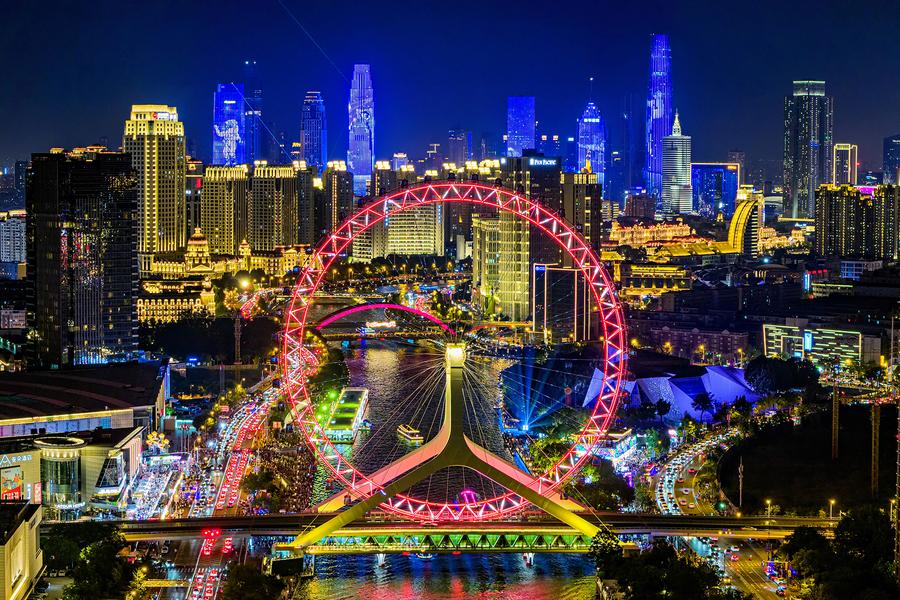
China’s approach has been to compartmentalize. It has quietly resumed border trade with India, reopened pilgrimage routes, and hosted senior-level talks. Pragmatism prevails: disputes are acknowledged but not allowed to derail broader regional projects. For Beijing, the SCO’s contradictions are not obstacles to leadership but laboratories for managing them.
Sceptics often dismiss the SCO as little more than a talk shop. Yet institutional deepening is evident. A draft development strategy for the next decade envisions pooled development funds, joint oversight mechanisms, and harmonized digital customs systems. If realized, these would anchor the SCO more firmly in economic governance rather than symbolic summitry.
The organization has also begun embedding environmental concerns into its agenda. Tianjin’s green terminals, coupled with discussions on carbon-neutral development financing, hint at a slow but deliberate move to integrate sustainability. The SCO Digital Economy Forum, with its emphasis on real-time logistics tracking and cross-border supply chains, represents another layer of functional cooperation.
President Xi Jinping’s description of the SCO as a “model for a new type of international relations” is not mere rhetoric. It reflects China’s conviction that Eurasian multilateralism can be nurtured without recourse to Western norms.
Yet questions linger. Can the SCO institutionalize ambition without being crushed by its contradictions? Can it project unity while its members remain mired in conflicts? Can China lead without appearing to dominate?
The Tianjin summit may not resolve these dilemmas, but it will test them. For China, the stakes are larger than the SCO itself. What is on trial is the proposition that in a world increasingly defined by fracture and flux, an alternative multilateralism can still be crafted – not in Geneva or New York, but in the heart of Eurasia.
The article reflects the author’s opinions, and not necessarily the views of China Focus.
 Facebook
Facebook
 Twitter
Twitter
 Linkedin
Linkedin
 Google +
Google +




